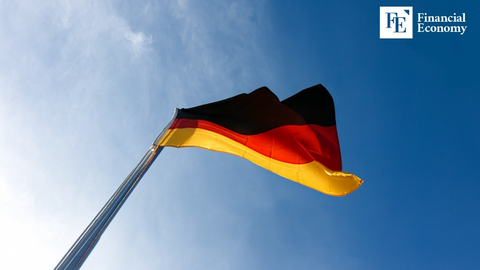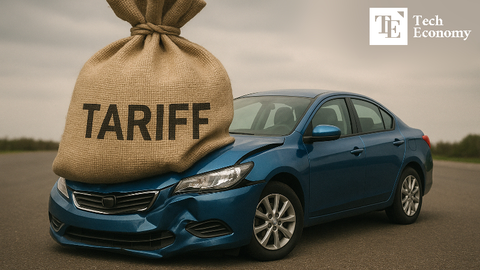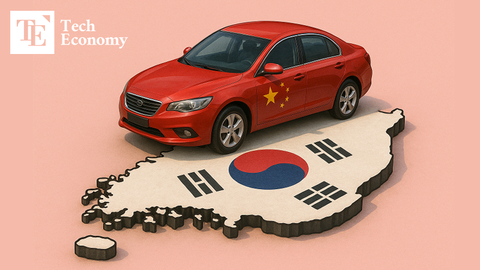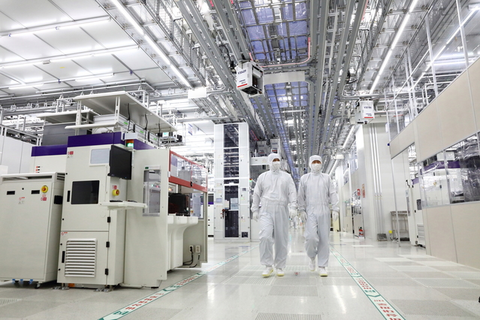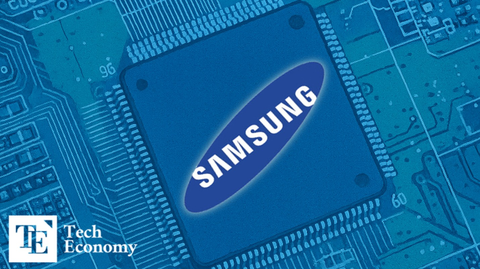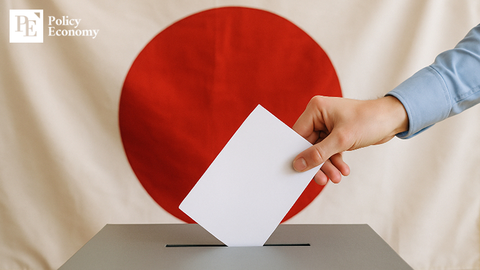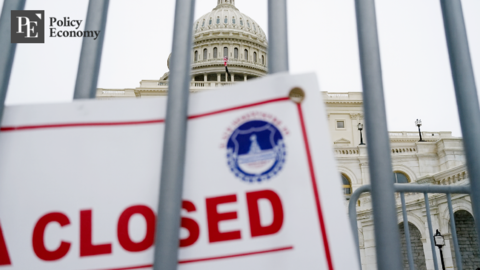China’s “Tesla of the Mainland” Faces Tepid Response in Korea — Uneasy Export Experiment Amid Trust Deficit
Input
Modified
Share of Korean-bound exports below 1% of total output
Korean firms retain upper hand in service and charging networks
Failure to reflect trust, safety, and durability inherent to the industry
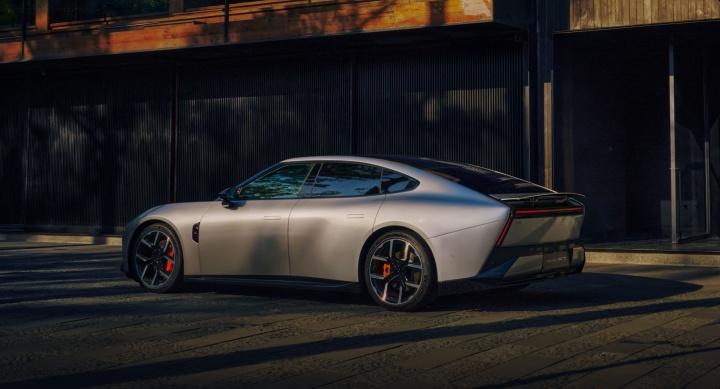
Chinese electric-vehicle makers, pressured by a saturated home market and government mandates, have turned their eyes to Korea as a new export base. Major brands such as BYD, Xpeng, and Zeekr have rushed to establish Korean subsidiaries and promote ultra-low-priced models, yet actual sales have fallen far short of expectations. Persistent doubts over safety standards and brand reliability continue to hinder perception. With government subsidies shrinking and overall demand slowing, Chinese EVs have struggled to overcome the robust service networks and brand trust enjoyed by Korean manufacturers. Industry observers say their Korean foray resembles a state-driven export experiment led by Beijing rather than a confident market expansion.
Symbolic market entry built on budget models
According to Korean import-car industry data on Oct 13, Guangzhou-based Xpeng Motors established “Xpeng Motors Korea” in June and has completed registration. The company is now recruiting a head of passenger-car operations and plans to begin sales in the first quarter of next year after signing dealer contracts. At the “IAA Mobility 2025” in Munich last month, Jackie Gu, chair of Xpeng’s Technical Committee, said, “Korea is a market of fierce brand competition,” signaling a concrete plan to enter.
Founded in 2014, Xpeng has earned the nickname “China’s Tesla” for its leadership in autonomous-driving technology. Its first Korean model is expected to be the midsize sedan P7, a second-generation 800-volt EV capable of driving up to 325 miles on a 10-minute charge. Equipped with Xpeng’s proprietary “Turing AI” system, the P7 offers Level-4 autonomous functions and sold over 10,000 units in its first month after release in China this July. Analysts expect Xpeng to target early adopters in the Korean market with its technology and affordability.
Around the same time, Zeekr — China’s premium EV brand — also formalized its entry into Korea. The company established a local subsidiary in February and hired former Audi Korea CEO Im Hyun-gi, reviewing the 800-volt SUV model “7X” as its debut offering. A luxury marque under Zhejiang Geely Holding Group, Zeekr belongs to the same family as Volvo, Polestar, and Lotus. Confident in its global-standard engineering and design, Zeekr is expected to position itself directly against Hyundai’s Genesis line.
Reflecting this aggressive push, China’s EV exports to Korea are rising sharply. According to KOTRA’s analysis of Chinese Customs data, China exported 51,000 battery-electric vehicles to Korea between January and August this year, 4.7% of its 1.082 million EV exports. That marks a more than three-fold increase from 1.4% in 2023. Yet given that Korean-bound units account for less than 1% of total production, analysts see the expansion as largely symbolic. The consensus is that Chinese automakers view Korea as a test bed before pushing into higher-end markets.
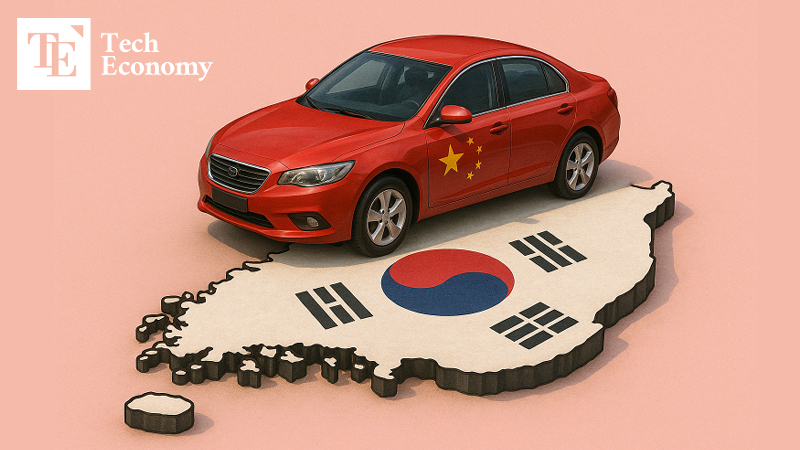
Ultra-low pricing meets Korean makers’ “price-defense war”
Price competitiveness remains China’s greatest weapon. BYD, which announced its entry into Korea’s passenger-car market last year, launched the compact SUV Atto 3 in the first half of this year at roughly USD 14,000. Within 15 days of launch, preorders topped 1,800 units, and by September cumulative sales surpassed 1,900, ranking third among imported EVs. BYD Korea said it priced the model “to let consumers experience our brand without burden,” signaling a clear value-for-money strategy.
Such cut-price tactics have put direct pressure on Korean automakers. Last month Hyundai slashed prices of key models — Ioniq 5 and 6, Kona Electric, and Porter II EV — by up to USD 3,600. Kia followed with discounts of USD 1,100 to 2,500 on major EV lines. After national and local subsidies, the Kona Electric can now be purchased in the USD 22,000 range, narrowing the gap with BYD’s Atto 3 (after subsidy price ≈ USD 19,000) to roughly USD 3,000. The supposed “ultra-low-price” advantage of Chinese EVs has effectively been diluted.
Korean automakers appear willing to sacrifice short-term margins to defend market share, focusing on cost efficiency. Hyundai Motor Group is developing in-house lithium-iron-phosphate (LFP) battery production, similar to BYD’s model, investing USD 7.3 billion over ten years to strengthen dedicated EV battery technology. The group has also paused operations at Ulsan Plant 1’s Line 12 to adjust output and curb costs amid softening orders.
According to SNE Research, global EV sales in 2023 reached 16.41 million units, up 16.6% from the previous year but showing slower growth. Analysts agree that Chinese brands are unlikely to overturn the market overnight: Korean buyers tend to value brand trust and safety over price. Though prolonged price competition seems inevitable, China’s disadvantages remain clear — weaker service networks, warranty coverage, and brand loyalty compared with Korean firms.
A government-driven export experiment and the limits of a trust-deficient market
China’s EV industry has grown under a state-orchestrated survival race. When Beijing designated new-energy vehicles as one of seven strategic industries in 2010, hundreds of firms flooded the market. The Communist Party nurtured the ecosystem with subsidies and deregulation, but such support was never meant to last. Companies lacking technological edge or production efficiency soon lost subsidies and disappeared, leaving only a handful of survivors to dominate the market.
That winner-takes-all structure inevitably bred overproduction and cut-throat price wars. As domestic demand plateaued, Beijing pressured its surviving players to seek foreign markets — and geographically close, low-barrier Korea emerged as a convenient test site. The problem is that the auto industry is not a simple consumer-goods sector: it demands proof not only of cost competitiveness but also of safety, durability, and after-sales quality.
Consumer perception underscores this point. A survey by Consumer Insight of 525 Korean respondents found 91% had no intention of buying a Chinese EV. Asked about key purchase factors, respondents cited battery safety (31%), performance and quality (17%), and brand reliability (17%). These results highlight how “cheap EVs” are effectively seen as “unreliable EVs.”
Ultimately, the greatest challenge for Chinese brands is to earn trust. Korea already boasts a mature ecosystem led by Hyundai and Kia — from charging infrastructure and A/S networks to advanced battery technology. Combined with strong brand loyalty toward Korean automakers, the entry barrier grows even steeper. As one automotive insider noted, “Chinese brands may approach the market with technology and price in the short term, but without long-term trust, they will never achieve real foothold.”

